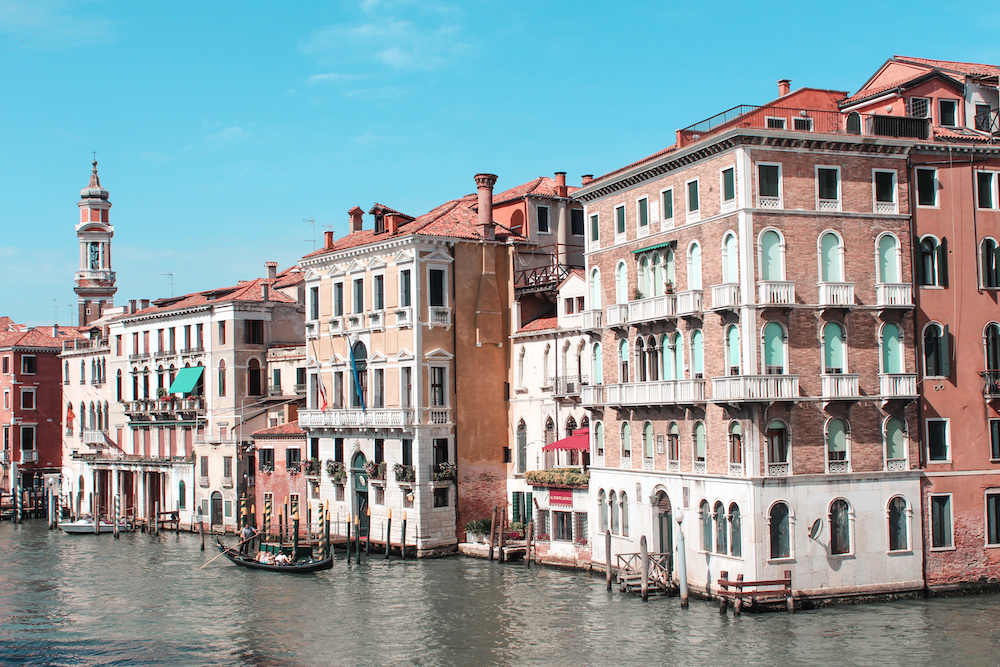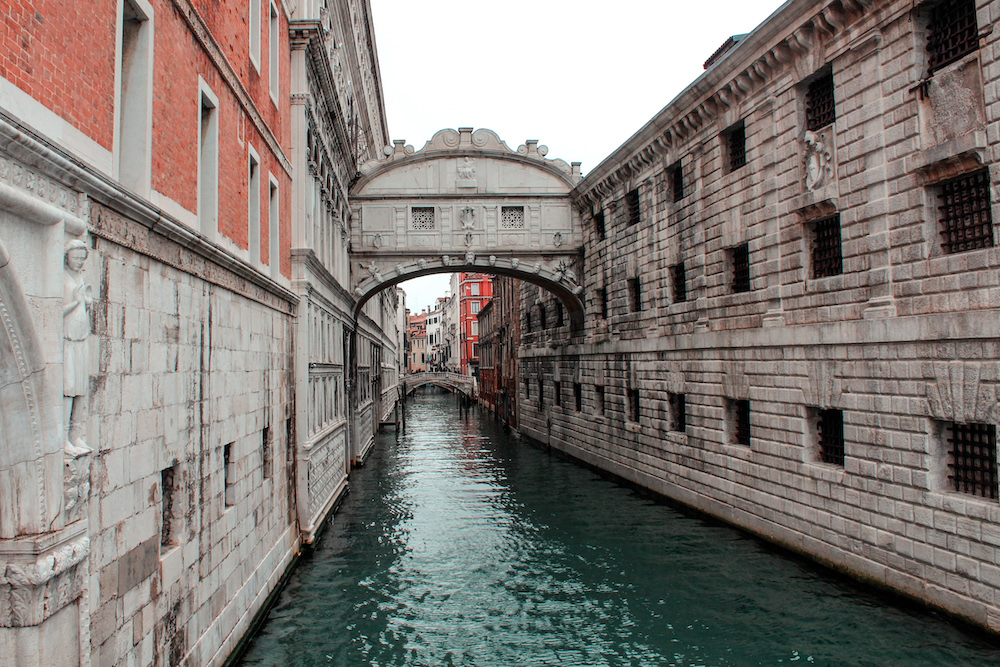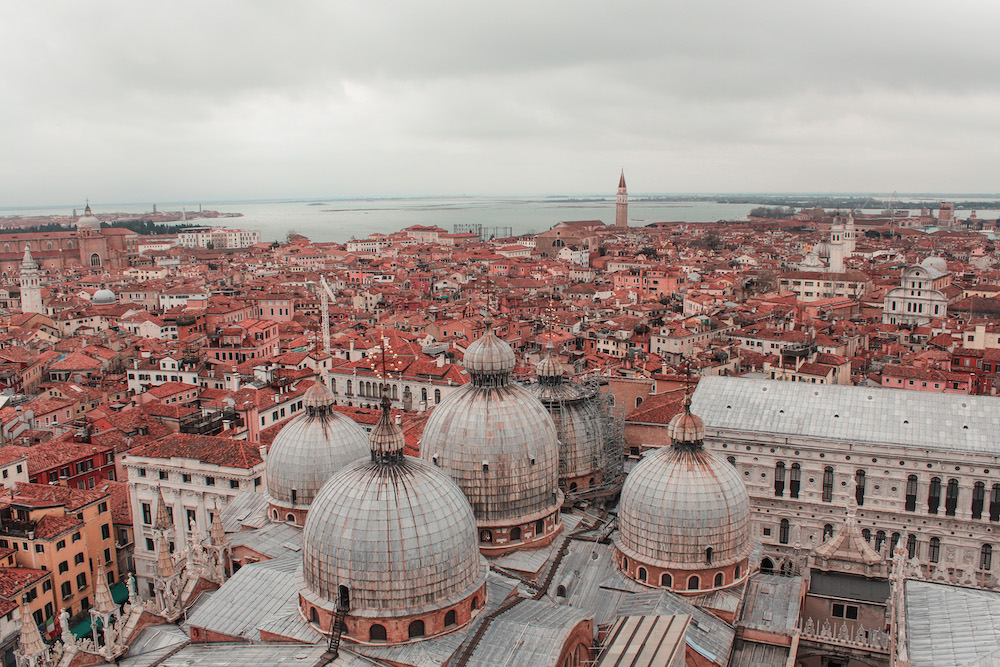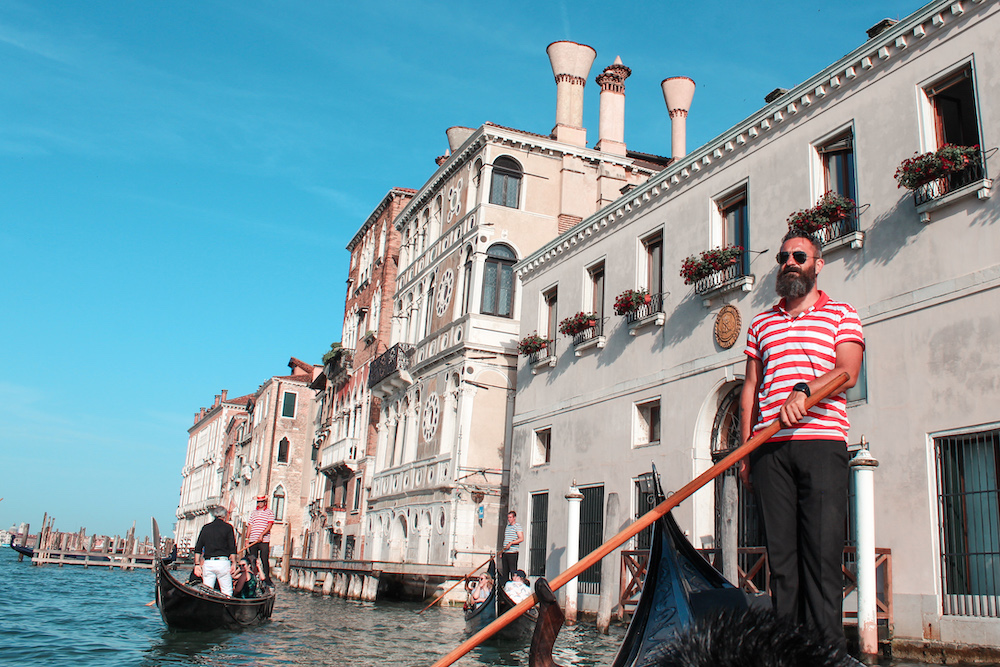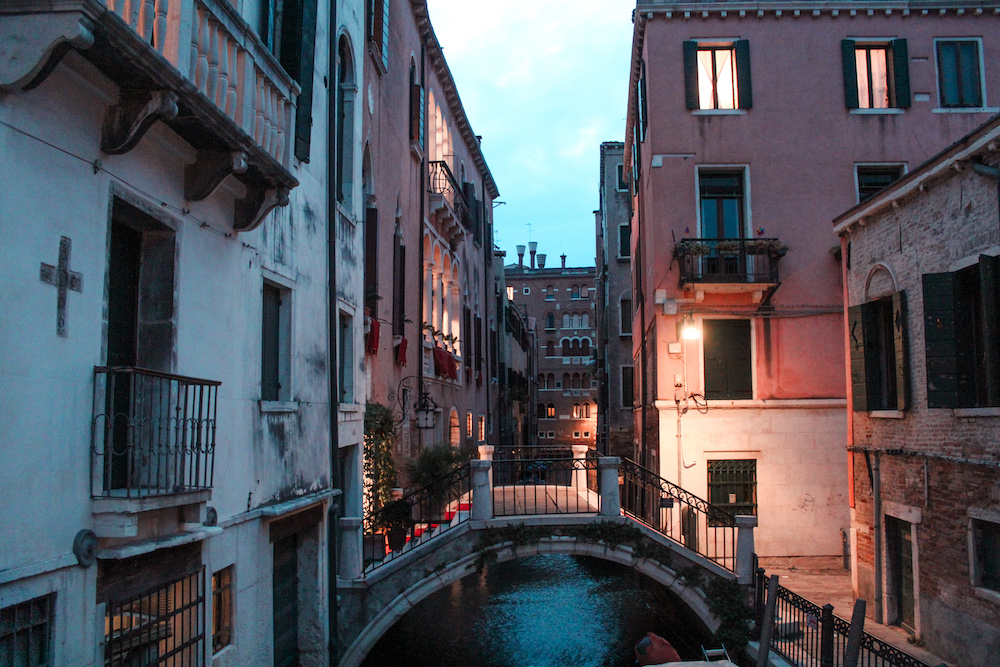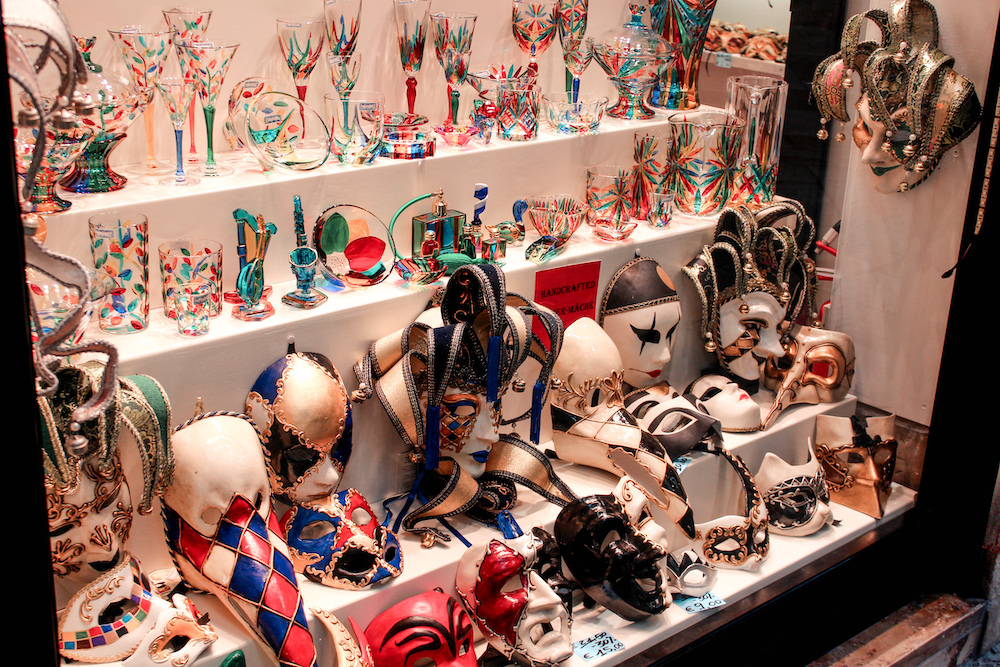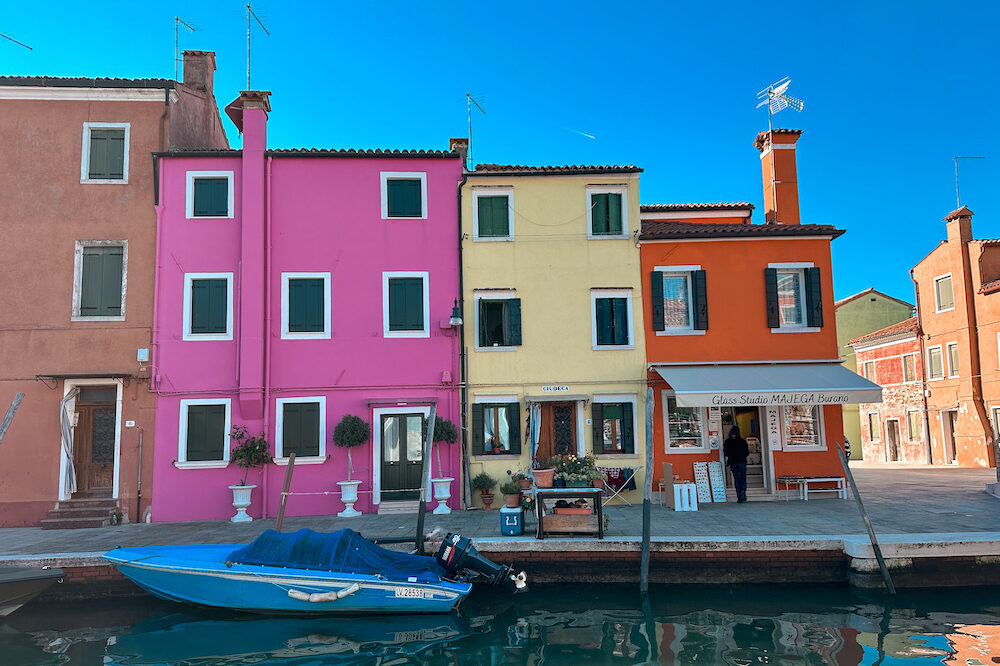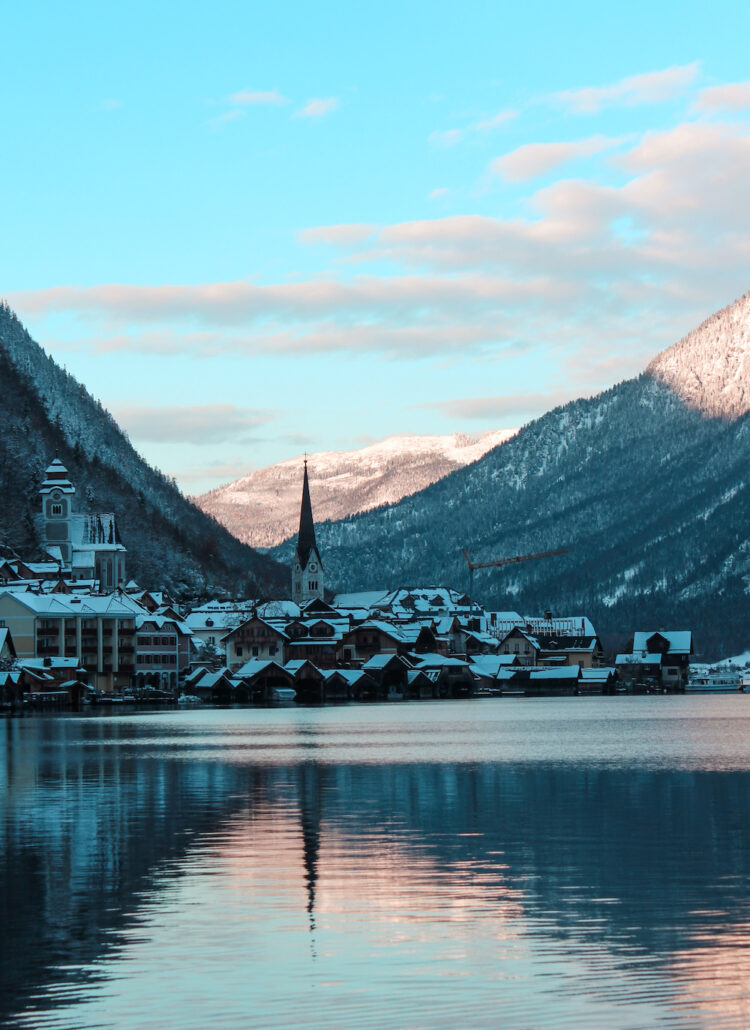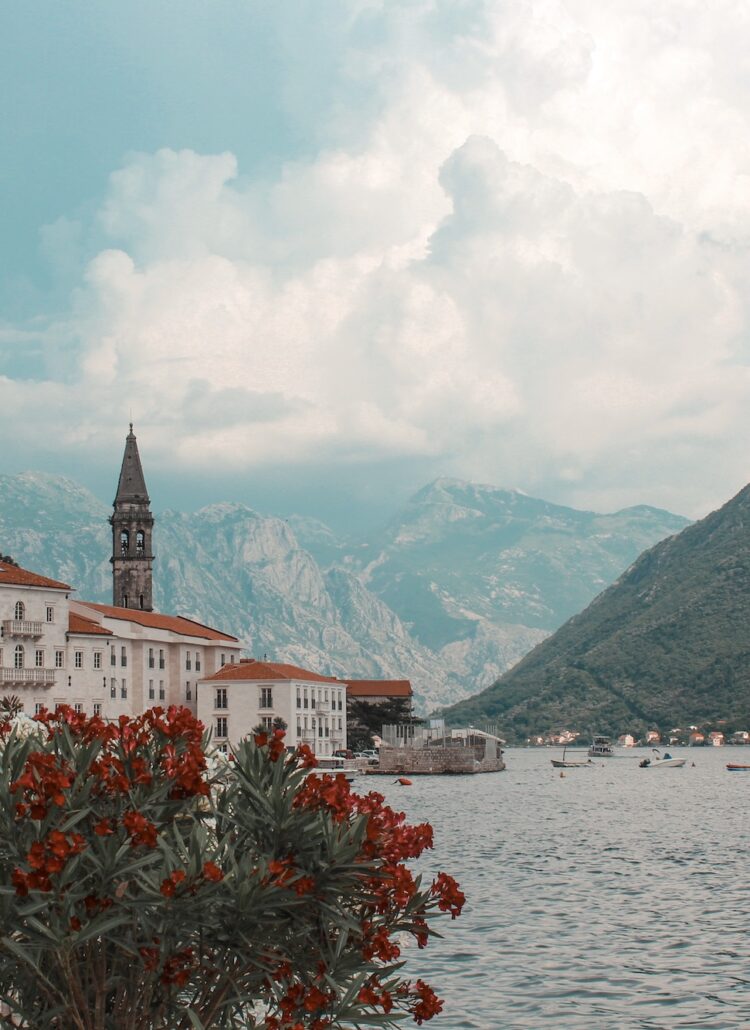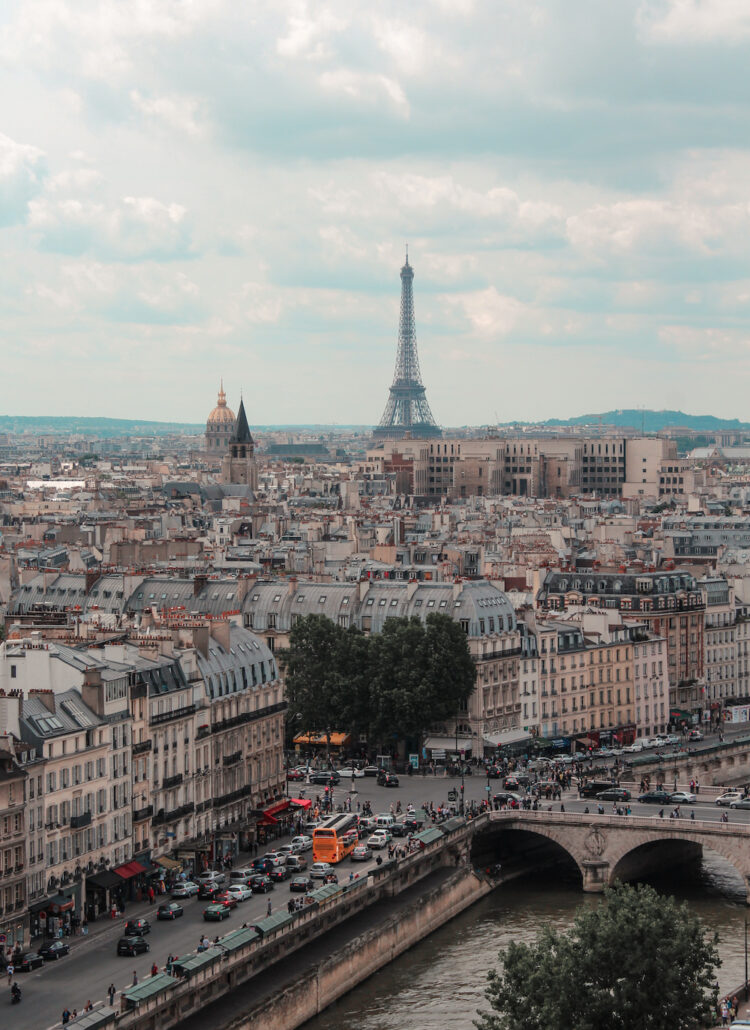Essential Venice Travel Tips
Are you planning a trip to Venice, Italy? Be sure to read these Venice travel tips before you go!
Venice is one of my favorite cities in the world. I’ve now visited Venice for separate times, including one trip where I spent a full week there. It’s such a magical place to me and I always have a great time.
But sadly, I know that’s not the experience for many tourists. A lot of people visit Venice and are disappointed. They find it to be way too crowded, dirty, expensive, overwhelming, and overrated.
And to be fair, I can see how it’s possible to have a bad experience in Venice that leaves you feeling that way. But it doesn’t have to be like that! These are some helpful tips that you should know before planning a trip to Venice to ensure that you have the best experience possible and fall in love with the city.
1. Don’t visit on a day trip.
One of the biggest mistakes people make is trying to fit Venice into a day trip.
You just can’t do Venice justice in one day. Visiting Venice on a day trip is a recipe for disaster because you’ll probably spend the day visiting only the most popular tourist sites in the most crowded areas of the city. You won’t have time to get off the beaten path or enjoy Venice at a slower pace.
I highly recommend spending at least three full days in Venice — ideally four days if you can. There’s so much to do and see in Venice that you should not try to fit it all into a day trip.
2. Don’t visit in the summer.
Another mistake people make when visiting Venice is going during the summer. I actually don’t recommend visiting anywhere in Italy during the summer — June through early September is the hottest, most crowded, and most expensive time of year to visit any Italian destination, including Venice.
On my four trips to Venice, I’ve visited in late February, mid-June, late October, and late November. Out of all of these trips, the mid-June one was the least pleasant. I noticed how crowded and dirty Venice felt then. The off-season (particularly spring and late fall) is a much better time to go.
Not only are there fewer crowds to contend with, but hotels are less expensive during the off-season. Venice does get pretty chilly in the fall, winter, and spring, but it’s rarely unbearably cold.
3. Prepare to get lost.
Venice is a city of 118 small islands connected by 438 bridges. The only way to get around is on foot or by boat — there are no cars or even bicycles in Venice. The layout of the city can be confusing, and many of the “streets” are narrow alleys between buildings or paths winding along a canal.
Google Maps and other navigation apps can be tricky to use in Venice because the streets are so small and packed together that the apps often don’t know exactly where you are either!
Prepare to get lost in Venice — it’s all part of the experience. One thing that’s helpful to look out for as you’re navigating the maze-like city of signs that say “Per San Marco” or “Per Rialto.”
These are often posted above passageways and have an arrow pointing you in the direction of St. Mark’s Square (Piazza San Marco) or Rialto Bridge, two of the main tourist areas in Venice.
4. Know the rates for a gondola ride.
Taking a gondola ride is an iconic tourist activity in Venice. This is something that’s on the bucket list for many travelers, and I definitely think it’s worth doing once while you’re in Venice.
However, don’t let yourself get scammed! There are official fixed rates for a gondola ride — €90 during the day and €110 at night for a 30-minute gondola ride. This is the rate per gondola for up to six people, and not per person. The amount is paid directly to the gondolier. And do not feel like you have to tip these guys — gondoliers make upwards of €150,000 per year so they’re not exactly struggling for cash.
If you don’t have anyone to split the cost of a gondola ride with and don’t mind sharing the experience with others, you can also pre-book a shared gondola ride on the Grand Canal in Venice.
5. Take the traghetto.
One of my favorite lesser-known activities in Venice is taking the traghetto. This is a large, no-frills gondola that makes frequent crossings from various points around the city across the Grand Canal.
There are only four bridges across the 2.4-mile-long Grand Canal, so hopping in the traghetto for a quick two-minute crossing can be faster. The best part? The traghetto costs just €2!
I’ve found that the best place to catch it is at the gondola station at Santa Maria del Giglio. From here, you can cross the Grand Canal to the Basilica Santa Maria della Salute. There’s no fixed schedule for the traghetto. It typically runs on weekdays from the morning until evening with a break for lunch.
6. Get around on the vaporetto.
An excellent method of transportation in Venice is the vaporetto, or water bus. This public transportation is much more economical than taking private water taxis (which can be astronomically expensive.)
It’s still not exactly “cheap” — a single ticket is €9.50. But it’s the best option if you need to get from the train station in Venice to your hotel with luggage, or you want to visit another destination in the Venetian Lagoon like Murano or Burano (more on those islands further down.)
You can also buy a 24-hour unlimited ticket for €25, a 48-hour unlimited ticket for €35, and a 72-hour unlimited ticket for €45. Tickets can be purchased on your phone using the Venezia Unica app or you can buy them in person at any of the ACTV ticket machines at the vaporetto stations.
7. Don’t eat near St. Mark’s Square.
St. Mark’s Square (Piazza San Marco in Italian) is the main public square and the heart of tourist activity in Venice. This beautiful historic square is home to St. Mark’s Basilica and the Doge’s Palace.
It’s a great area to visit but not a spot to have lunch or dinner, or even grab a coffee or a gelato. The restaurants and cafes around St. Mark’s Square are all horribly touristy and overpriced. You’ll find much better and more authentic options in the areas of Cannaregio and Dorsoduro, which are a bit further away.
When I was visiting Venice with some friends, they really wanted to try Caffe Florian in St. Mark’s Square, a famous 18th-century cafe with an opulent interior. While I have to admit that the cafe had a cool atmosphere, the prices were insane — €12 for a coffee and €18 for a simple dessert!
I definitely recommend avoiding the area around St. Mark’s Square for eating, and while we’re talking about areas to avoid, that goes for the tourist trap restaurants near Rialto Bridge too.
8. Venice isn’t known for pizza.
Venice often gets a bad rap for having “the worst food in Italy” but that’s because many visitors come to Venice expecting to eat the same pizza or pasta they ate in another city like Rome.
Italian cuisine is very regional. The best pizza is in southern Italy in cities like Rome and Naples, while Rome is known for pasta like cacio e pepe and carbonara, Bologna is known for spaghetti Bolognese, and so on. Venice is especially known for its seafood dishes and pasta like bigoli in salsa.
I’ve had some amazing meals in Venice, even as a vegetarian who doesn’t eat seafood. I highly recommend researching restaurants in Venice in advance so you don’t wind up eating an underwhelming meal at a random tourist trap or getting takeaway pizza that tastes like microwaved cardboard.
9. Don’t buy fake souvenirs.
Some of the most popular souvenirs to buy in Venice include Carnival masks and colorful Murano glass.
But you need to be careful to make sure you don’t bring home fakes! When it comes to Carnival masks, make sure they say “Made in Venice” and not just “Made in Italy” or worse, “Made in China.”
For Murano glass, know that all pieces are handmade and are often lighter than mass-produced pieces. Murano glass is also not cheap, so very low prices should raise alarm bells for you. The best way to get authentic Murano glass is to visit a reputable dealer or a foundry on the island of Murano.
10. Prepare for the acqua alta.
There’s a common misconception that Venice is always flooding. That’s not exactly true, but there is a phenomenon called the acqua alta that results in rising tides that flood the most low-lying parts of the city by several inches, including much of the area around St. Mark’s Square.
This phenomenon occurs for several days between the months of October and January. I experienced it on a trip to Venice in November. The city puts up raised walkways in the most traversed areas that are affected by the flooding, and you’ll see locals walking around in knee-high waterproof boots.
You can typically avoid walking through the most flooded areas so I don’t think it’s necessary to buy a pair of boots (or the plastic knee-high shoe covers that many souvenir shops will be selling.)
11. Explore the Venetian Lagoon.
The main historic center of Venice consists of 118 small interconnected islands. However, there are more islands in the Venetian Lagoon that make up metropolitan Venice. If you have the time, I highly recommend taking a day trip to see some of these other islands, especially Murano and Burano.
Murano is known for its glass-making workshops, and Burano is known for its brightly colored buildings and lace-making tradition. You can visit both islands by vaporetto from Venice. If you do this, get the 24-hour unlimited ticket for €25 because it will save you money over buying individual tickets.
You can also book a tour like this one which includes a visit to a glass factory in Murano as well as free time on the island, free time in Burano, and free time in Torcello, another small island.
12. Get off the beaten path.
Finally, my last tip for you is to get off the beaten path in Venice.
I’ve already talked about how getting lost is part of the experience here. I highly recommend taking some time just to wander around Venice without a map and see where you end up.
I also already mentioned the neighborhoods of Cannaregio and Dorsoduro. Out of the six sestieri (neighborhoods) in Venice, these two are less touristy, along with the further reaches of Castello. Spend some time in these parts of the city, not just the main tourist areas, and you can discover some gems.
Best Venice Travel Tips
These are some of the most important Venice travel tips to know before you go.
Venice is an incredible city, but it’s important to be prepared for your visit in order to have the best experience. I hope these tips help you have a wonderful time on your trip to Venice!
Related Guides:
